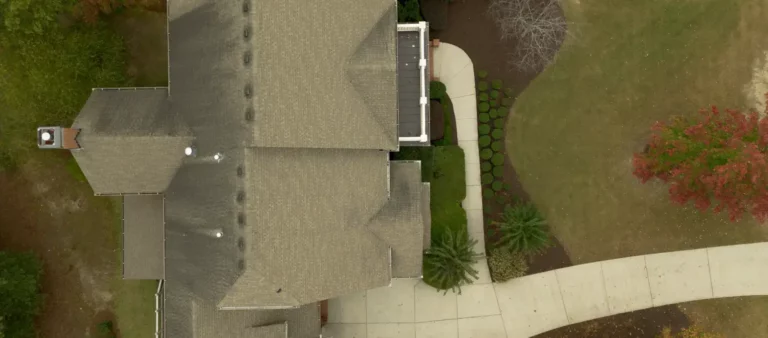Professionals use a variety of photo editing techniques to enhance and refine images to meet specific creative or commercial objectives. Here are some of the most common techniques employed by professionals:
Color Correction and White Balance Adjustment: Professionals adjust color tones and correct white balance to ensure accurate and natural-looking colors in the image. This involves tweaking hue, saturation, and luminance levels to achieve the desired color balance.
Exposure Adjustment: Exposure adjustment involves fine-tuning the brightness and contrast of an image to ensure proper exposure levels. This technique helps to enhance details in both shadows and highlights, resulting in a more balanced and visually appealing image.
Sharpening and Clarity Enhancement: Sharpening techniques are used to increase the clarity and sharpness of details within an image, making them appear more defined and crisp. Clarity adjustments can also enhance mid-tone contrast, improving the overall clarity and definition of the image.
Cropping and Composition: Cropping is a fundamental editing technique used to remove unwanted elements, improve composition, and draw focus to the main subject of the image. Professionals carefully consider composition principles such as rule of thirds, leading lines, and balance when cropping images.
Retouching and Blemish Removal: Retouching involves removing imperfections, blemishes, and distractions from an image to achieve a polished and professional appearance. This may include removing dust spots, sensor spots, skin imperfections, or unwanted objects from the scene.
Dodge and Burn: Dodge and burn techniques involve selectively lightening or darkening specific areas of an image to enhance tonal contrast and emphasize details. This technique is commonly used in portrait and landscape photography to add depth and dimension to the image.
Saturation and Vibrance Adjustment: Saturation and vibrance adjustments are used to control the intensity of colors in an image. Saturation adjusts the overall intensity of all colors, while vibrance targets specific colors without oversaturating skin tones or other already vibrant areas.
Noise Reduction: Noise reduction techniques are used to reduce the appearance of digital noise, which can be particularly noticeable in low-light or high-ISO images. Professionals apply noise reduction selectively to preserve detail while minimizing the impact of noise on image quality.
Lens Correction: Lens correction techniques are used to correct optical distortions such as barrel distortion, vignetting, and chromatic aberration caused by the lens. This helps to ensure straight lines, even illumination, and accurate color rendition throughout the image.
Creative Effects: Professionals often employ creative effects such as selective colorization, vintage filters, or artistic textures to add style and personality to their images. These effects are used selectively and purposefully to enhance the visual impact of the image while maintaining a cohesive aesthetic.













No Records Found
Sorry, no records were found. Please adjust your search criteria and try again.
Google Map Not Loaded
Sorry, unable to load Google Maps API.
Place Categories: Photography, Real Estate Services, and Wedding ServicesPlace Tags: event photography, photo editing, photo editing services, photographer, and wedding photo booth




